Key Features of Application Programming Generation in BMS
.jpg)
November 17, 2025
Application Programming Generation (APG) in Building Management Systems helps engineers create control logic faster and more accurately by using automation, templates, and visual tools. It reduces manual coding, ensures standardization, and speeds up commissioning for large smart buildings.
- Template-Based Programming
APG provides ready-made templates for HVAC, lighting, security, and energy systems, allowing:
• Faster programming
• Fewer errors
• Standardized sequences of operation
- Drag-and-Drop Logic Builder
Engineers build control logic visually using blocks like PID loops, sensors, schedules, and if/else logic—no heavy coding required.
- Automatic Code Generation
The tool auto-generates controller programs, point lists, control loops, and communication mappings, saving time and ensuring consistency.
- Standard Object Libraries
Includes reusable templates for AHUs, VAVs, chillers, boilers, and energy algorithms—tested and compliant with standards like ASHRAE.
- Device & Protocol Compatibility
Supports BACnet, Modbus, LON, MQTT, and more, ensuring smooth integration across smart building devices.
- Built-In Quality Checks
APG validates logic, detects mapping errors, and alerts engineers to missing or incorrect configurations.
7. Batch Programming
Allows mass programming, cloning of logic, and bulk configuration for hundreds of controllers—ideal for large projects.
- Version Control & Documentation
Automatically generates documentation, revision history, and exportable reports for easier handover and maintenance.
- Simulation & Testing Tools
Engineers can test control logic using virtual sensors, simulations, and fault testing before deploying onsite.
- Cloud or Local Deployment
Supports cloud-based programming, remote uploads, offline work, and role-based access for flexible engineering workflows.
Conclusion
APG simplifies BMS engineering by automating programming tasks, improving accuracy, and ensuring consistent quality across all building systems. It is a key tool for faster deployment, smarter workflows, and modern building automation.
.jpg)
November 20, 2025
.jpg)
November 20, 2025
.jpg)
November 20, 2025
.jpg)
November 20, 2025
.jpg)
November 20, 2025
.jpg)
November 20, 2025
.jpg)
November 20, 2025
.jpg)
November 20, 2025
.jpg)
November 20, 2025
.jpg)
November 20, 2025
.jpg)
November 20, 2025
.jpg)
November 20, 2025

November 20, 2025

November 19, 2025


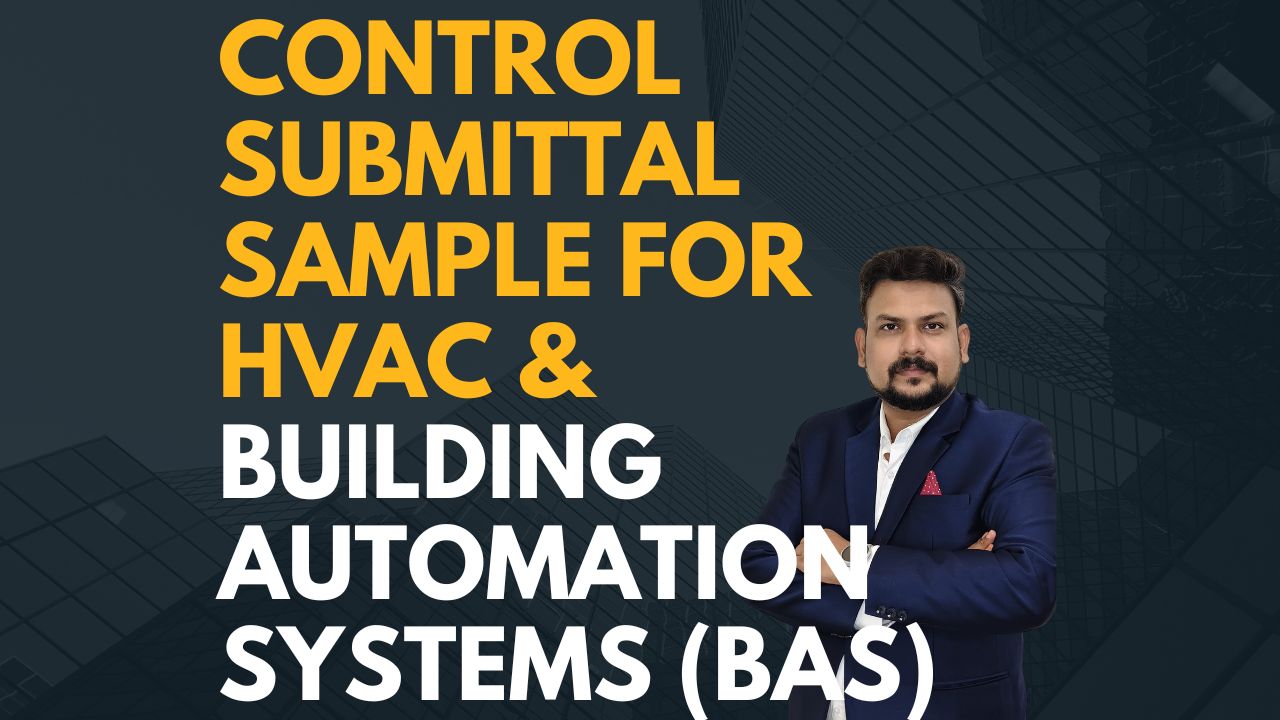
November 19, 2025

November 19, 2025

November 19, 2025

November 19, 2025

November 18, 2025
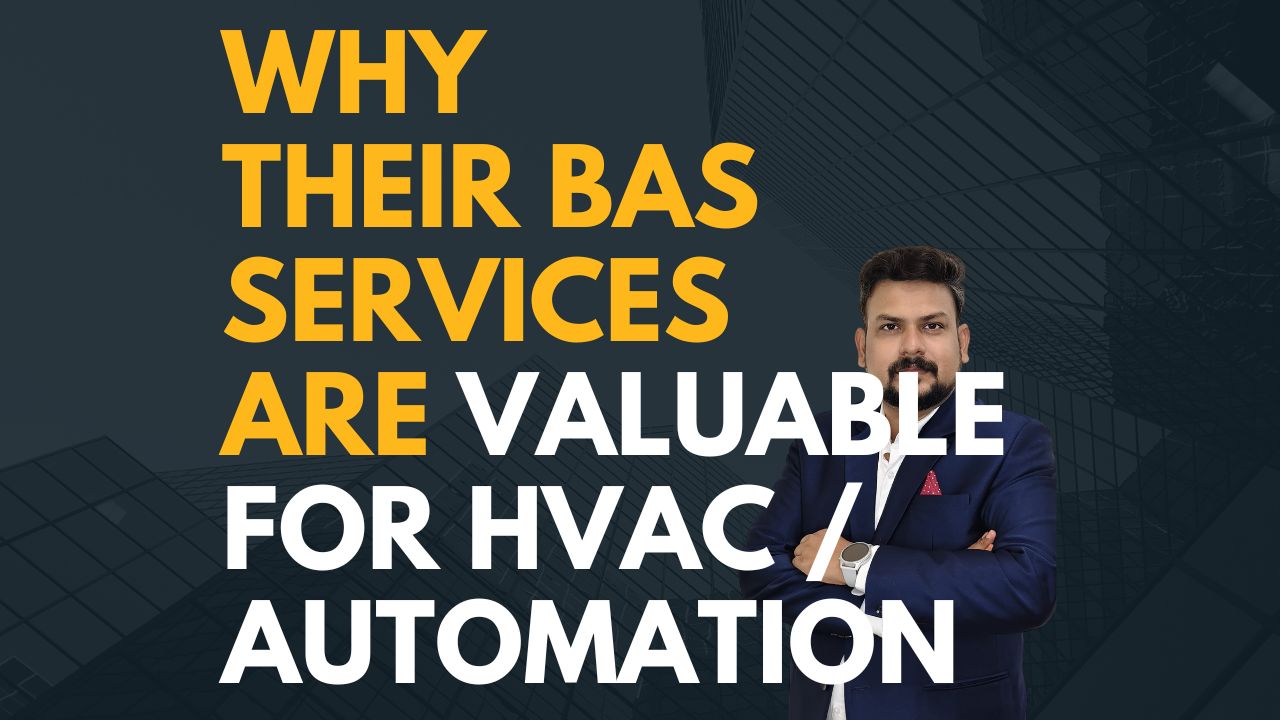
November 18, 2025





November 18, 2025

November 18, 2025
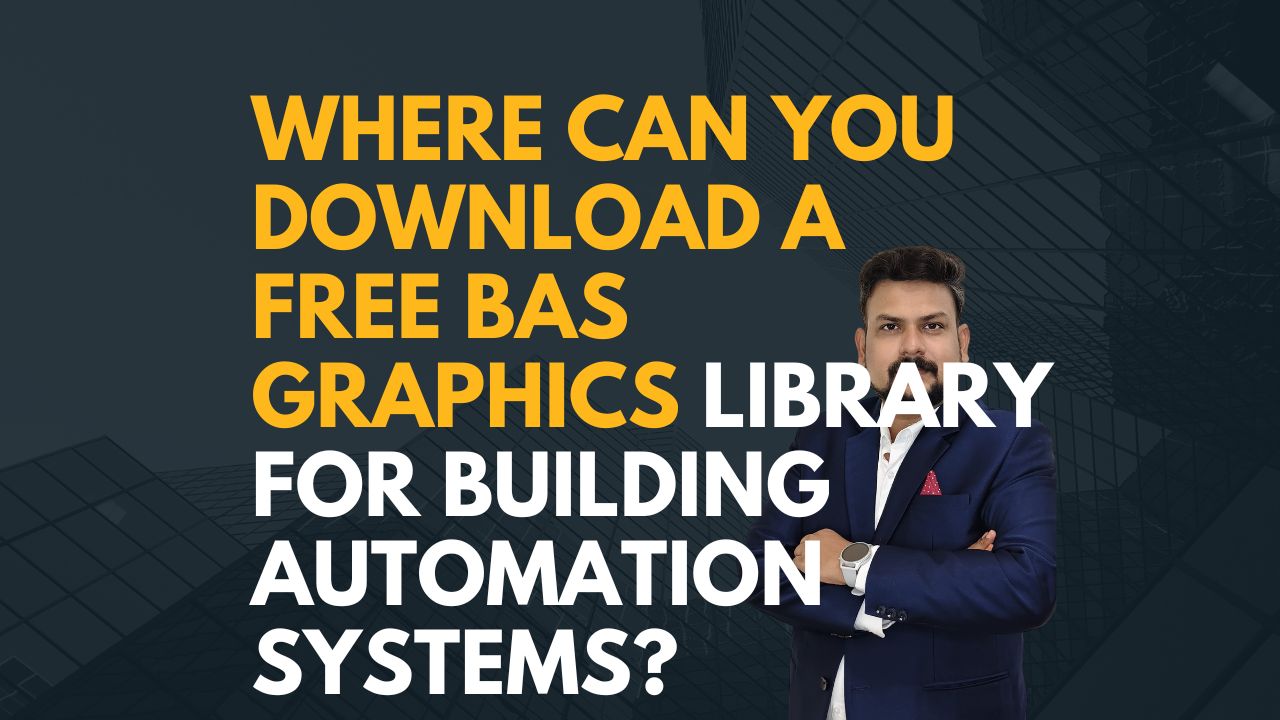

November 17, 2025


.jpg)
November 17, 2025
.jpg)
November 17, 2025
.jpg)
November 17, 2025
.jpg)
November 17, 2025
.jpg)
November 17, 2025
.jpg)
November 15, 2025
.jpg)
November 15, 2025
.jpg)
November 15, 2025
.jpg)
November 15, 2025
.jpg)
November 15, 2025
.jpg)
November 15, 2025
.jpg)
November 15, 2025
.jpg)
November 15, 2025
.jpg)
November 15, 2025
.jpg)
November 15, 2025
.jpg)
November 15, 2025
.jpg)
November 15, 2025
.jpg)
November 15, 2025
.jpg)
November 15, 2025
.jpg)
November 15, 2025
.jpg)
November 15, 2025
.jpg)
November 15, 2025
.jpg)
November 15, 2025
.jpg)
November 15, 2025
.jpg)
November 15, 2025
.jpg)
November 15, 2025
.jpg)
November 15, 2025
.jpg)
November 15, 2025
.jpg)
.jpg)
.jpg)
November 8, 2025
.jpg)
November 5, 2025
.jpg)
November 4, 2025
.jpg)
.jpg)
November 2, 2025
.jpg)
November 1, 2025
.jpg)
October 31, 2025
.jpg)
October 30, 2025
.jpg)
October 28, 2025
.jpg)
October 28, 2025
.jpg)
.jpg)
October 28, 2025
.jpg)
October 25, 2025
.jpg)
October 24, 2025
.jpg)
October 23, 2025
.jpg)
.jpg)
October 17, 2025
.jpg)
October 16, 2025
.jpg)
October 15, 2025
.jpg)
October 16, 2025
.jpg)
October 10, 2025
.jpg)
October 6, 2025
.jpg)
September 29, 2025
.jpg)
September 26, 2025
.jpg)
September 23, 2025
.png)
.jpg)
September 3, 2025

September 2, 2025
.jpg)
September 1, 2025
.jpg)
September 1, 2025
.jpg)
September 1, 2025
.png)
.png)
September 1, 2025

September 1, 2025
.png)
September 1, 2025
.png)
.png)
September 1, 2025
.png)
September 1, 2025

September 1, 2025
.png)
September 1, 2025

September 1, 2025

September 1, 2025

September 1, 2025

September 1, 2025
.png)
September 1, 2025

September 1, 2025
.png)
September 1, 2025
.jpg)
September 1, 2025
.jpg)
September 1, 2025
.jpg)
September 1, 2025
.jpg)
September 1, 2025

September 1, 2025
.jpg)

September 1, 2025

September 20, 2024

September 13, 2024

September 5, 2024

August 31, 2024

August 28, 2024



May 14, 2024
.jpg)







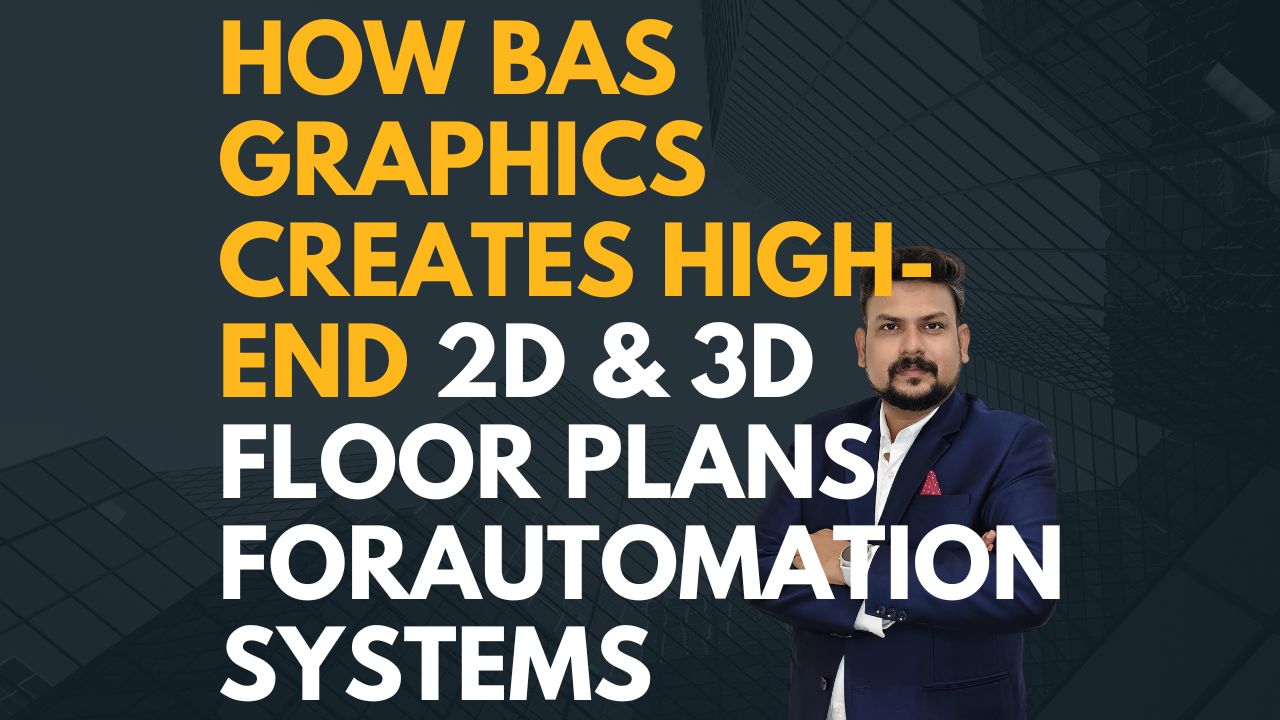


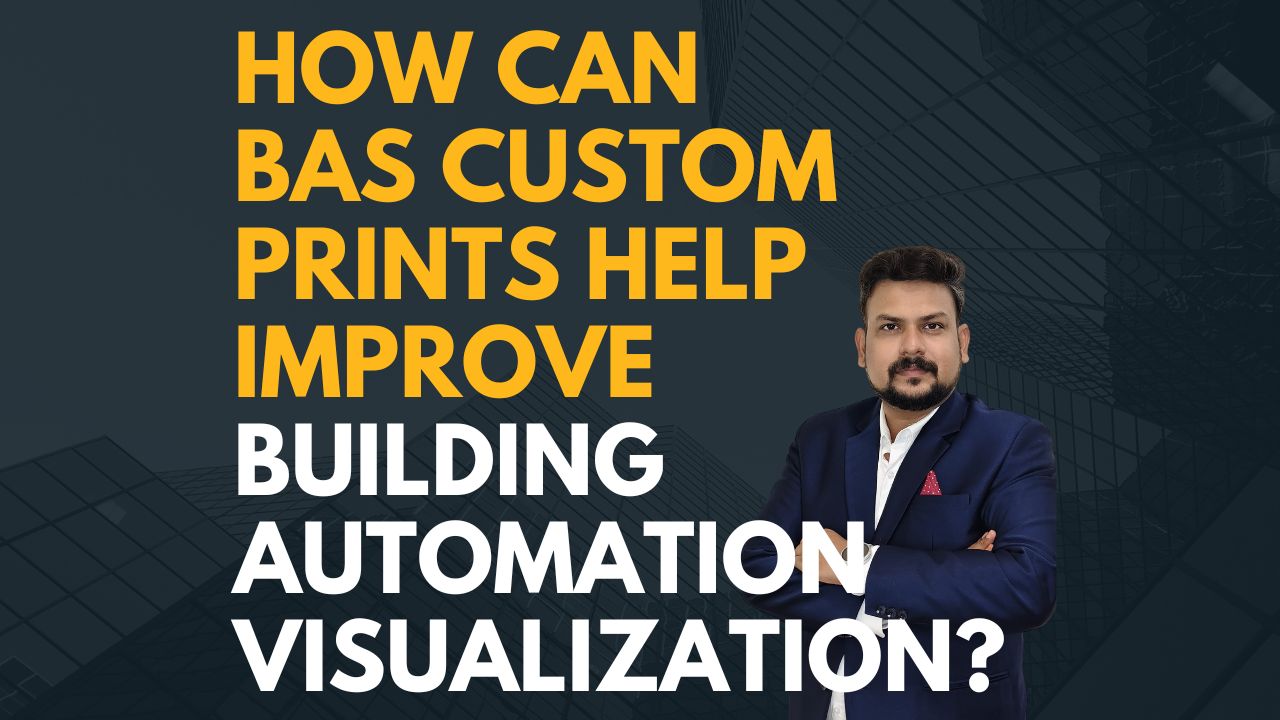
.jpg)
.jpg)
.jpg)
.jpg)
.jpg)
.png)

.jpg)


